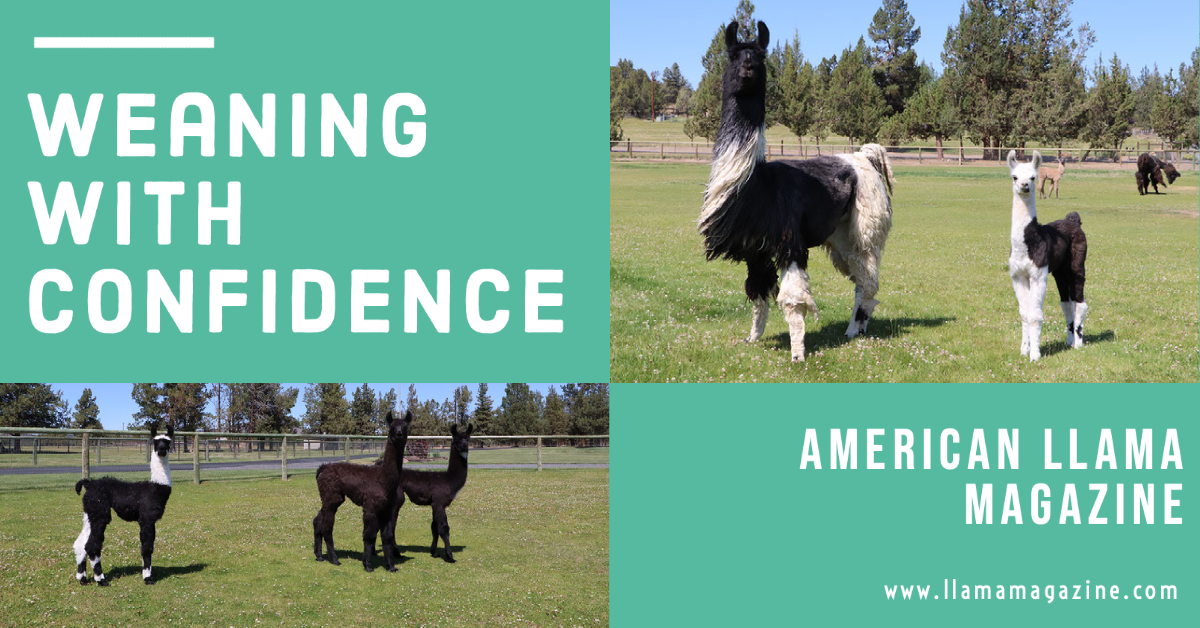|
Weaning is very stressful for crias. In this article, I discuss recommendations on how to set up your crias for success during this time, including when to wean, where to wean, and what you can do to make the weaning period successful. Considerations for when to wean
Weanling pen setup
What to do during the stressful weaning period
2 Comments
Linda Brown
4/12/2021 04:04:43 pm
We lost our cria's mom. The cria is now 2 months old and is drinking water and eating hay and sweet oats. She will not take a bottle.
Reply
Kyle Mumford
4/12/2021 07:01:05 pm
Very sorry to hear that! We have experienced this a time or two over the years. I would continue to occasionally offer the bottle to see if they change their mind, maybe add some sugar or karo syrup. But they are usually pretty stubborn about only wanting moms milk by that point. If you can get a separate eating area for the babies and offer excellent feed, perhaps some calf manna mixed with grain. By this age she should be eating solid foods so she should survive, but it is important to keep a watchful eye and provide the best feed you can.
Reply
Your comment will be posted after it is approved.
Leave a Reply. |
AuthorKyle Mumford is a third generation llama owner, and his family has owned llamas since 1980. Kyle and his wife Jerrika have a herd of approximately 25 llamas in Southwest Washington. Categories
All
|

 RSS Feed
RSS Feed